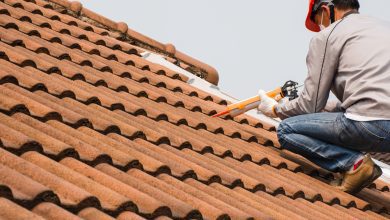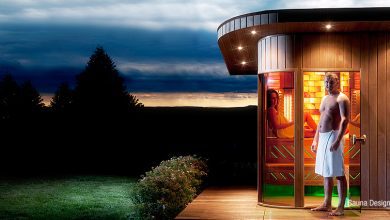benefits of using essential oils.

Discover the benefits of using essential oils at home.
Essential oils contain the essence of the plant from which they are harvested. This comprises the plant’s aroma as well as its therapeutic qualities and traits unique to medicinal plants. Essential oils have healing properties that are taken in by the body through the nose’s olfactory system. When essential oils are applied to the skin, their healing properties are absorbed through the pores and hair follicles and into the bloodstream. Essential oils should always be stored in aluminum or glass bottles that are airtight and dark amber in color, and kept out of direct sunlight and at room temperature.
Discover the benefits of using essential oils at home.
Natural aromatic chemicals called essential oils are taken from plants. Since they contain the essence of the plant from which they were harvested, the oils are called to as essential. This comprises the plant’s aroma as well as its therapeutic qualities and other traits unique to medicinal plants.
Methods of essential oil extractions
Steam Distillation
The most popular technique for extracting essential oils from plants is steam distillation. In this procedure, steam is used to extract aromatic, volatile constituents from the plant.
Solvent Extraction
In this procedure, chemical solvents like hexane or benzene are combined with plant material. The solvent is then heated to a high temperature and evaporated, preserving only the components with the strongest fragrance. The essential oils obtained via this method are also referred to as “absolutes.”
Expression
The essential oil is collected from minute pores in the fruit’s skin using this method of extraction, which is usually employed for citrus fruits like lemons and oranges. The most volatile essential oils, which evaporate quickly when exposed to air, are produced via the cold-press process.
CO2 Extraction
The most recent technique for obtaining essential oils is CO2 extraction, which makes it possible to extract oils from plant material (using carbon dioxide as a solvent). It is the cleanest extraction method and yields essential oils of superior quality, but it is also the most expensive one.
Enfleurage
It is currently one of the most traditional and uncommon techniques to obtain essential oils. Using this technique, a heap of rose petals is spread out on trays that have been coated in tallow or vegetable fat. To allow the rose oil and vegetable fat to mix, the dish is then set outside in the sun. Then, this procedure is repeated to gradually incorporate more oil into the fat.
How essential oils function
When applied topically or aromatically, essential oils have the power to alter our state of health on all levels: physical, mental, and emotional. Essential oils have healing properties that are taken in by the body through the nose’s olfactory system and through the skin.
When Inhaled
When essential oils are inhaled through the nose, chemical messengers in the nasal cavity interact directly with the brain. This stimulates the parts of our bodies and brains that control how we feel and act.
When applied topically
When essential oils are applied to the skin, their healing properties are absorbed through the pores and hair follicles and into the bloodstream. Once in the bloodstream, these substances are distributed to the particular organs and systems that they support.
Ways to use essential oils
There are four main ways to use essential oils, and they are:
Messages
Massage is among the greatest ways to apply essential oils. However, essential oils must always be diluted with a carrier oil prior to topical application. Here, the carrier oil serves only as a vehicle for the dilution of the oil to pass through the epidermis.
Inhalation
The easiest and most direct way to enjoy the medicinal advantages of essential oils is by inhalation. Always base your choice of essential oils on the advice of a healthcare specialist.
Baths
The use of essential oils in a warm, comforting bath can not only be therapeutically beneficial but also a calming experience in and of itself.
Diffusers
When used in an aroma diffuser, different essential oils can clean the air, protect against diseases, and get rid of bad smells.
Hot/Cold Compress
When essential oils are administered directly to the troubled regions where they are most needed, compresses can produce immediate relief.
Storing essential oils
The two main elements that impact the quality of essential oils are air and light. As a result, the oils should always be stored in aluminum or glass bottles that are airtight and dark amber in color. Additionally, it is advised that oils be kept out of direct sunlight and at room temperature, between 5 and 25 degrees Celsius.
Essential oil shelf life
How long essential oils endure varies depending on the type of oil, the date of extraction, how it is handled, and how it is stored while in transit, to name a few factors. The COA report (Certificate of Analysis) for each essential oil always includes the “best-before” dates.
The following is a list of approximate shelf lives for several categories of essential oils:
Citrus oils, 1-2 years
1-2 years: The majority of essential oils
3–4 years: CO2 extracts and absolutes
How to check the authenticity of essential oils
A COA report is the only way to confirm the validity of essential oils. Therefore, you should always verify that the seller is including all necessary test reports with the oils before making a purchase. Reports to watch out for are.
Specific Gravity
Optical Rotation
GC/GCMS Report






